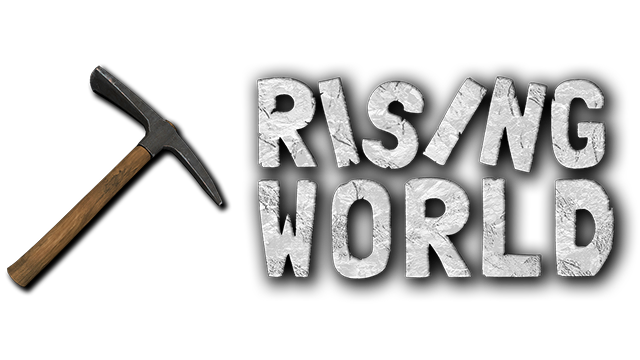Hello. My question is regarding the blueprint format/API. Is there a reference someone can point me to?
There was a post last year
Well, unfortunately you can't edit the file directly by opening it with a texteditor for example. The blueprint files contain compressed bytes, but basically there is no magic in converting it. You just have to decompress the file, and then read the single bytes. If desired, I can give further information about how to convert the bytes into actual construction elements

that seems to be open unless I missed a response somewhere else. I was so glad when I found the post but then I couldn't find the final answer..
Any help is greatly appreciated. Thank you --

